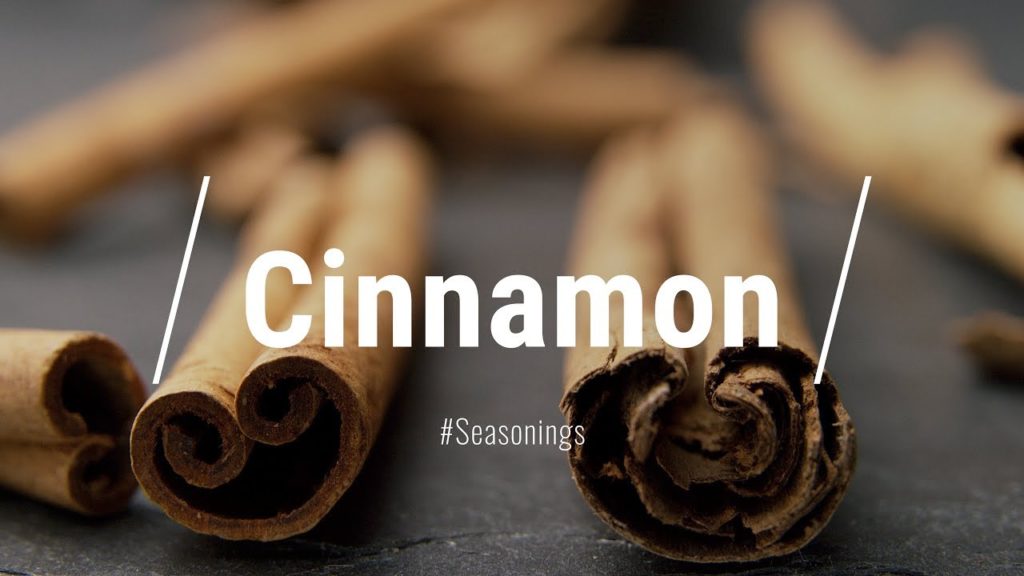Cinnamon has been a plant used since ancient times for its innumerable health effects. From mummification to cardiovascular risk reduction, this plant has great benefits for our health.
Cinnamon is an aromatic plant whose use dates back to antiquity. The uses of cinnamon have always been used for medicinal purposes and later for dishes and desserts. The best known is the Canela cassia variety, which offers the most healing properties.
In the present bibliography, we can find a wide variety of effects attributed to the use of cinnamon on respiratory, digestive, and reproductive diseases. It is widely used in desserts, as well as in chocolates and coffees for its intense aroma. Learn much more about this aromatic plant in the following article.
Table of Contents
Cinnamon characteristics
Cinnamon cassia is a perennial tree, which can be up to 15 meters tall. It has branches with double bark and very aromatic. Its natural habitat is South India or Sri Lanka, but it is currently cultivated in other warm places. Cinnamon comes from inside the tree’s bark and offers us a large amount of calcium, potassium, vitamin A, carbohydrates, fibers, vitamin C, iron, magnesium, and phosphorus.
The use of this aromatic plant is very old, since the time of the Egyptians, as can be seen in the drawings of the pyramids. It was imported from China 2000 years B.C., and already then it was used to embalm the mummies. Then in Greece and Rome, they used it to improve digestion.
Research claims that together with cardamom and pepper were the first spices that were used in the Mediterranean area. In the 19th century, it began to be cultivated in other areas of the planet, and nowadays, it is common to consume cinnamon in desserts, coffees, and chocolates.
What are the medicinal uses of cinnamon?
Cinnamon has a wide variety of properties on different systems of the body, which have been used since ancient times.
We can say that this aromatic plant has many different uses for its properties and benefits. Internally it helps in the digestive, respiratory, circulatory, and reproductive systems:
Digestive system
Due to its carminative, anti-vomit, and anti-ulcer properties, they stimulate salivation and gastric juices. It is used in cases of:
- Aerophagia: Avoid excess flatulence by drinking a tablespoon of cinnamon stick per liter of water.
- Complicated digestions: Consume a quarter of a teaspoon powder before meals.
- Acidity: Sprinkling it on food.
- Lack of appetite: Drink a tea with a tablespoon of cinnamon stick per liter of water before meals.
- Vomiting: Spread a fourth teaspoon of cinnamon powder over meals.
Respiratory system
It is due to its expectorant, antibacterial and anti-inflammatory properties. It is used in cases of bronchitis, colds, and cough. For this, two drops of essence should be consumed in a glass of hot water with a tablespoon of honey.
Circulatory system
It has antisclerotic and antithrombotic properties, so it helps reduce cardiovascular risk. It is used to treat problems in the toes and hands due to the cold and is very effective in treating chilblains (drink several cups of an infusion with a tablespoon of cinnamon stick per liter of water).
Reproductive system
It is very good for:
- Counteract menstrual pains and to regulate the period: drink a tea prepared with a tablespoon of this aromatic plant in a liter of water.
- It is a powerful aphrodisiac, stimulating libido and helping in cases of erectile dysfunction: Consume tea with half a tablespoon of cinnamon per cup of water.
External uses of cinnamon
Among the uses of cinnamon, its external use is due to the ability to inhibit the growth of many microorganisms.
The various preparations that can be purchased or made at home serve to treat many diseases related to fungi and bacteria, such as:
- Vaginal Infections: Neutralizes Candida albicans. Wash with a liter of water with a tablespoon of crushed cinnamon sticks.
- Foot or nail fungus: Perform a foot bath with an infusion of two tablespoons of cinnamon stick dissolved in a few liters of warm water.
- Respiratory infections: Gargling with an infusion of cinnamon to treat angina, laryngitis, and pharyngitis.
- Ulcers in the mouth: Make mouthwashes with a tea of half a teaspoon of cinnamon per cup of water.
- Bad breath: Make mouthwashes with a mixture of several tablespoons of this aromatic per liter of water.
Other benefits
Tradition in Chinese Medicine reports that in addition to the medicinal uses mentioned above, cinnamon offers its properties to treat:
- Rheumatism.
- Arthritis.
- Osteoarthritis
- Cold pain.
- Renal problems.
- Blood circulation.
- Inflammatory diseases.
- Diarrhea.
- Gases.
- Diabetes.
- Indigestion.
Cinnamon contraindications
This aromatic plant greatly stimulates blood circulation, so it is contraindicated in those with clotting problems. Its use in pregnant women should also be avoided or restricted. If you have any questions, you should consult your doctor or pharmacist, even though it is a natural herb, it may have undesirable effects on the body.
